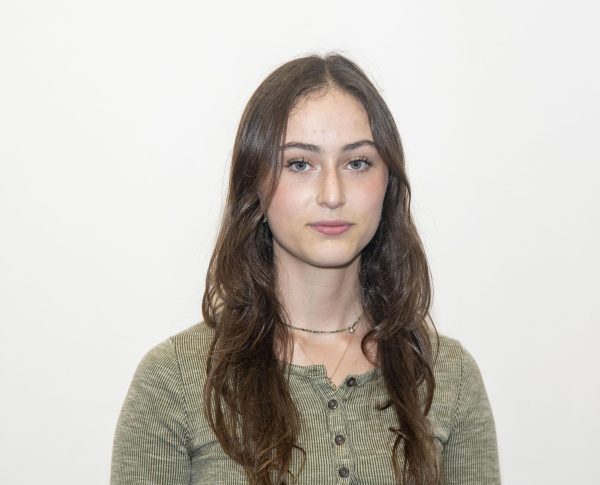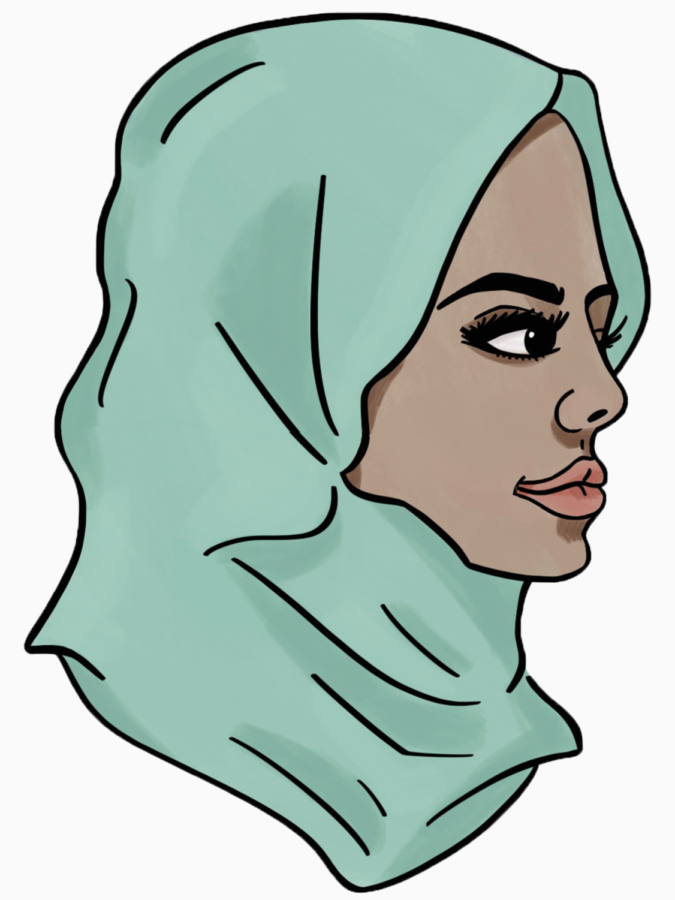The modesty policy
P.E. accommodations present challenges for hijab-wearing students
The swimming unit starting in physical education (PE) might not seem like a big deal to most, but to freshman Rabab Boushehri it is a whole world of unknowns and navigation to avoid compromising her religion. Boushehri practices Islam, a religion that values high modesty, which can be expressed through many Muslim girls choosing to wear a hijab.
“Religion is a big part of my identity and who I am: I wear a hijab, and there are things I won’t do because of my religion, but it doesn’t hold me back. It gives me an identity,” she said.
Students who practice modesty in PE wear layers underneath the uniform, because other than a heavy hoodie, there are no lightweight workout clothes available at school.
“To help, the school could provide clothes that are more modest than the ones they have for us,” she said. “They could provide it for those who need it or want it because not everyone is comfortable wearing shorts, and prefer to cover more.”
This leads to most students opting to sit out. For Boushehri, and most people in the same situation, this is the case, as she hasn’t found a way to be able to participate.
“I do wish I could swim. It does feel nice to be able to swim after a hot day. I do wish there was a way for me to be able to swim,” she said.
Bouhshehri’s struggles in school do not only pertain to PE. Since the age of nine, Boushehri has worn a hijab in a predominantly non-Muslim country and experiences daily struggles.
“On the first day [of high school] I was nervous about how people would view me,” Boushehri said. “I have met other Muslims in the school, but it is different when you are expressing it. I feel like the school is just largely built to accommodate Christian people, and it should be built to accommodate more people. The school should be more inclusive, but I am glad we are at a school that does understand that I need some accommodations.”
Stereotypes stem from ignorance and misinformation, and the lack of education students have on diversity and culture influences the school community.
“I wish our classes would take some time to educate students because stereotypes can be really harmful, and I wish the school would take time to teach the student the right information so there will be less ignorance,” she said.
Despite the many hardships she faces, Boushehri remains strong and unintimidated.
“Even though I look different, I am not that different from others. We are all different in our own ways, and the hijab also defines me and makes me unique from others,” she said. “I choose to be modest.When I choose to be modest, I am choosing for others to judge me for who I am and not based on my looks.”
In a constantly changing society, our community of students and staff should work towards being as inclusive, accommodating, and informed as possible.
“There is much ignorance and misinformation in our community, but I am thankful to attend a school that is understanding of my identity and religion,” Boushehri said. “Wearing a hijab is a part of who I am and allows me to define myself.”

This is my fourth year on staff, and I've been a Staff Writer, Copy/Writing Editor, Opinion Editor and now Editor-in-Chief. I love designing and interviewing the most and outside of journalism, I'm a dedicated...



